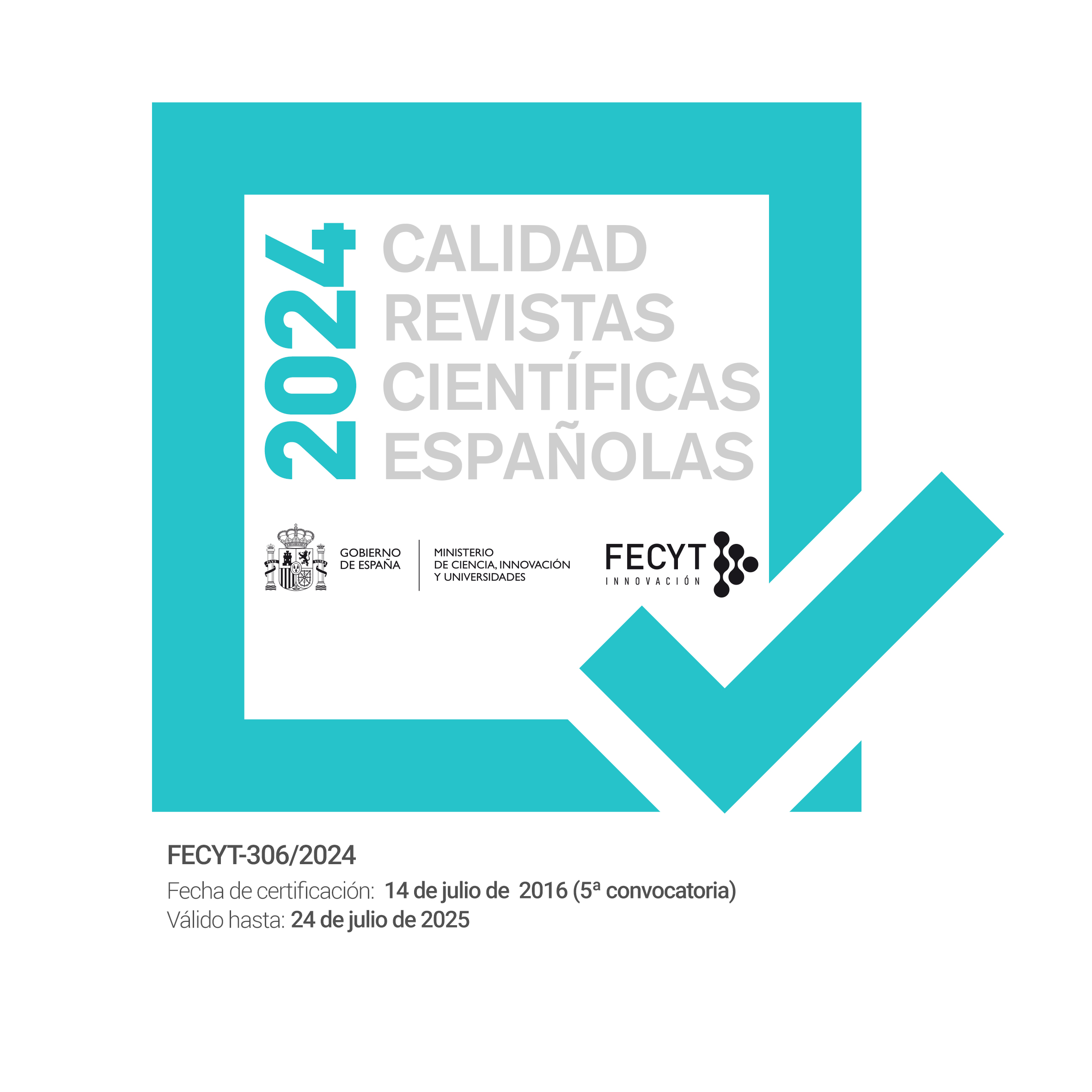Diversidad y secularización en Europa. Análisis de la correlación entre los índices de religiosidad y diversidad cultural en Europa
DOI:
https://doi.org/10.22325/fes/res.2019.37Palabras clave:
ecularización, diversidad cultural, índice, religiosidad, EuropaResumen
La rápida globalización de la segunda mitad del siglo xx y el advenimiento de nuevas tendencias demográficas y migratorias han despertado el in-terés de las ciencias sociales por la creciente com-plejidad de las dinámicas culturales regionales. Los científicos sociales han comenzado a asociar la diversidad cultural con la modernidad, entendién-dola como una condición ineludible y perenne de las sociedades modernas que afecta y se ve afec-tada por los fenómenos religiosos. Sin embargo, se han realizado pocas investigaciones empíricas sistemáticas y profundas para evaluar estas afir-maciones. Por tanto, nuestro artículo presenta la formulación de un índice de diversidad (variable independiente) basado en cuatro dimensiones: lingüística, étnica, religiosa y lugar de nacimiento, que se correlaciona con una variable (dependiente) de la religiosidad individual.
Descargas
Archivos adicionales
Publicado
Cómo citar
Número
Sección
Licencia
Todas las publicaciones de la Revista Española de Sociología se realizarán bajo una licencia abierta Creative Commons de Reconocimiento 4.0 Internacional (CC BY 4.0). Dicha licencia establece que los autores son los poseedores de los derechos de propiedad intelectual de sus trabajos, que pueden redistribuirse a cambio de un reconocimiento adecuado. Para más información de la licencia Creative Commons, consultar aquí.
Una vez aceptado un artículo para su publicación, la Revista Española de Sociología solicitará al denominado "autor para la correspondencia" la aceptación de una licencia obligatoria Creative Commons incluida en un acuerdo o contrato de publicación.



